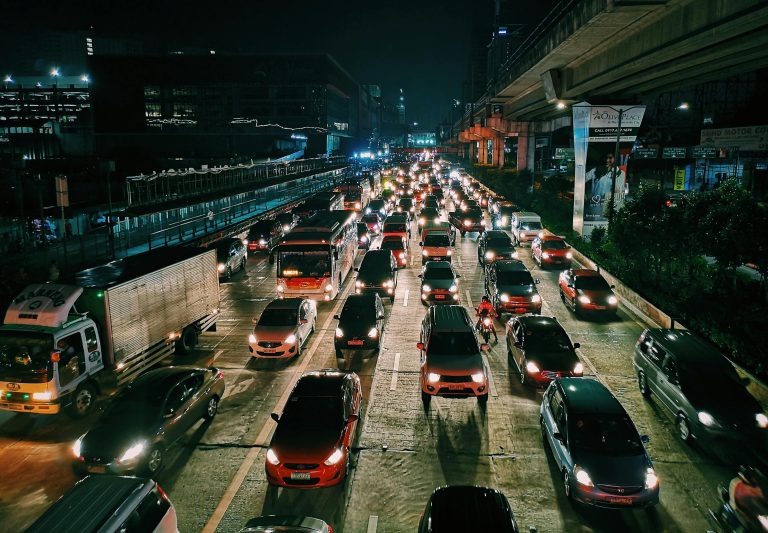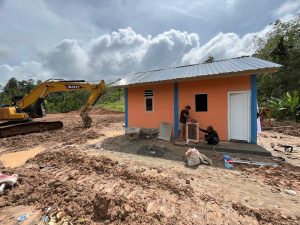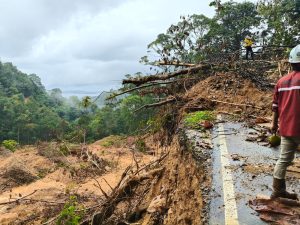Jakarta – The carbon footprint of individuals on Java Island reveals a worrying fact: the transport and food sectors are the primary sources of greenhouse gas (GHG) emissions, particularly in urban areas. A recent study by the Institute for Essential Services Reform (IESR) found that people’s daily activities are a significant contributor to the acceleration of the climate crisis.
“The average individual carbon footprint in urban areas reaches 3.39 tonnes of CO₂ equivalent per year, higher than semi-urban (2.81 tonnes) and rural areas (2.33 tonnes),” said Deon Arinaldo, IESR’s Energy System Transformation Manager, at the launch of the study “Individual Carbon Footprint Patterns Based on Demographic Profiles in Urban, Semi-Urban, and Rural Areas in Java”, Wednesday, 23 July.
The study was conducted in nine regions with diverse demographic characteristics, ranging from large cities like South Jakarta to rural areas such as Banjarnegara. Data were collected from 483 respondents, representing a total population of approximately 11.7 million.
Deon explained that the largest emission figure came from transport (43.34%), followed by the food sector (34.91%) and households (21.08%). The high emissions from transport, he said, were triggered by people’s dependence on private vehicles and the lack of efficient public transport alternatives.
“The food sector also contributes large emissions, especially from the consumption of meat and processed foods, whose production processes produce high carbon emissions,” he explained. He added that to absorb such emissions, it would take about 25 trees living for 20 years, just for one individual per year.
As part of its public education efforts, IESR also launched the Jejakkarbonku.id platform, which by mid-2025 had been used by more than 76,000 users. The platform enables individuals to calculate their own carbon footprint based on their daily activities.
Meanwhile, Irwan Sarifudin, Coordinator of IESR’s Clean Energy Hub, emphasised that the consumption patterns of the middle and upper classes are the main drivers of high emissions. “High-income groups tend to use private vehicles, consume more energy, and use high-emission products. Ironically, the impact of these emissions is felt most by vulnerable groups,” he said.
IESR encourages the government to target two main sectors in the emission reduction strategy. First, in the transport sector, the development of green transport such as electric vehicles, bicycle lanes, and integrated public transport systems should be prioritised, especially in urban areas. In semi-urban and rural areas, access to public transportation and incentives for electric motors also need to be strengthened.
Second, the household consumption and food sectors. The government can subsidise energy-efficient appliances, such as LED lights and inverters, and expand access to solar panels through flexible financing schemes. In the food sector, low-emission consumption campaigns and cooperation with local producers are needed to make low-carbon products more affordable and accessible. (Hartatik)
Banner photo: Mikechie Esparagoza/Pexels.com














